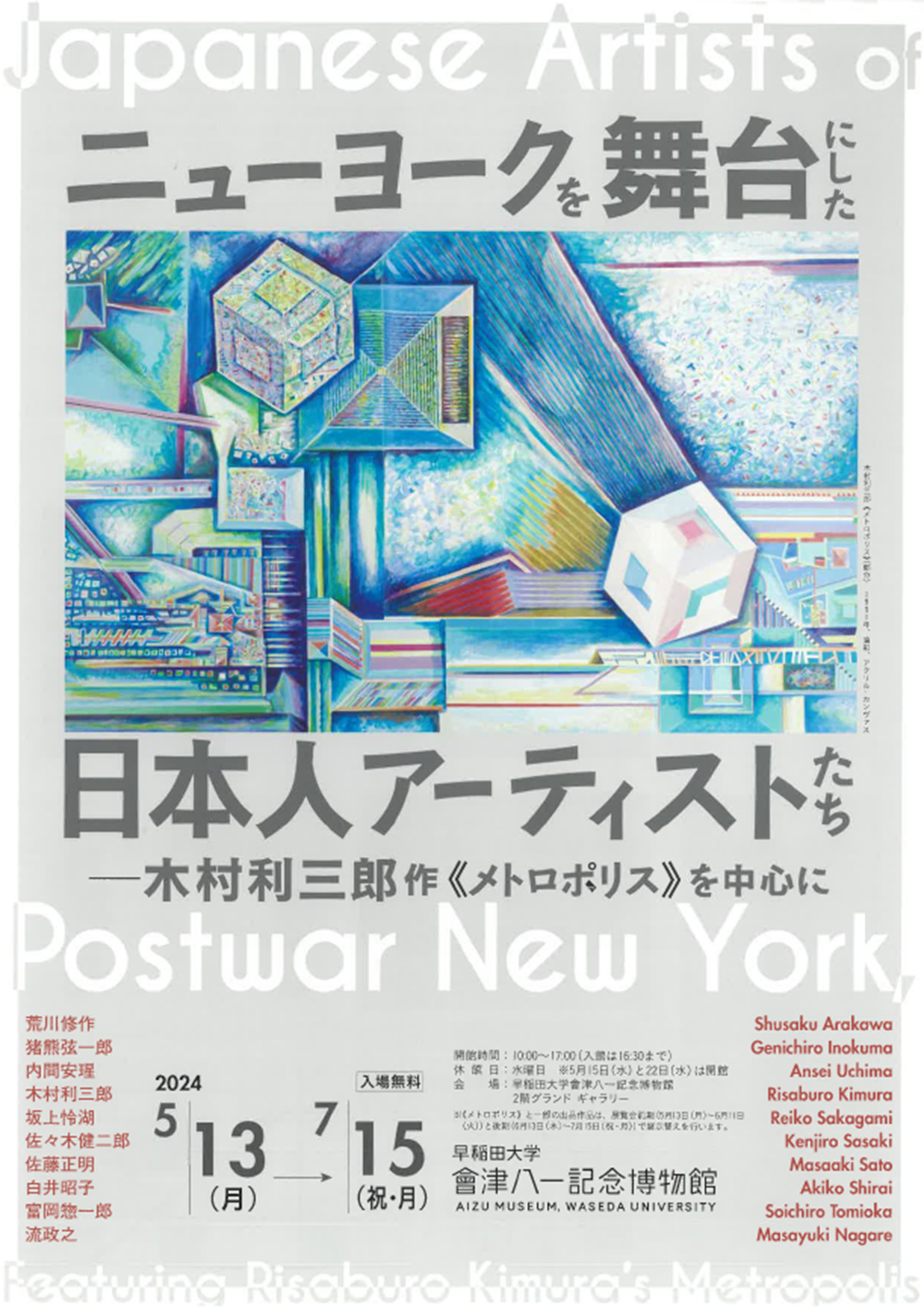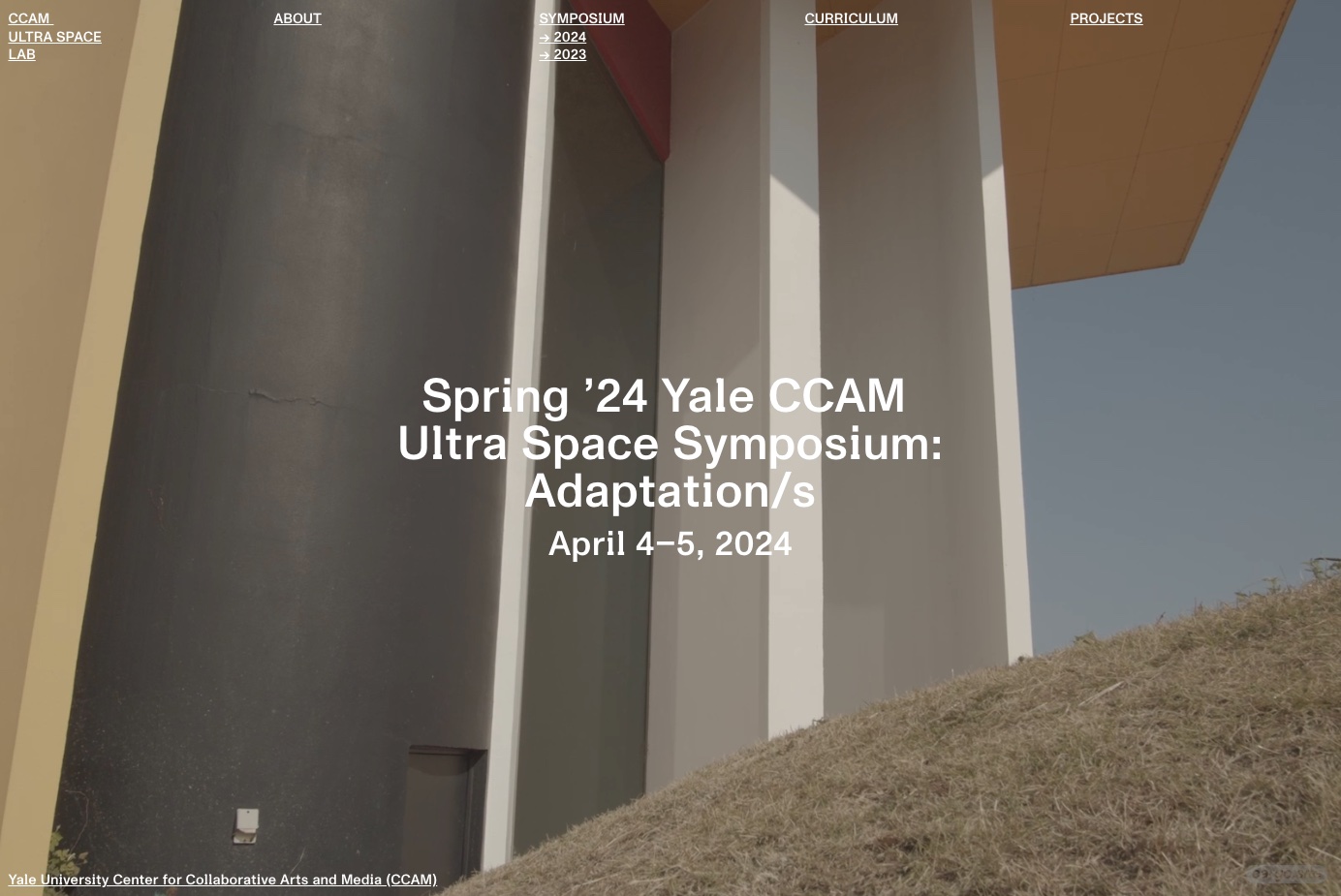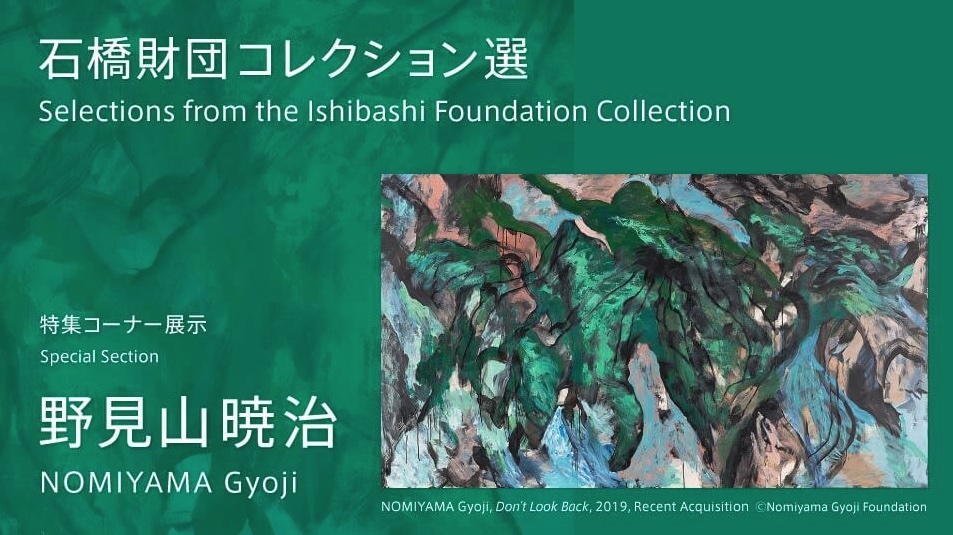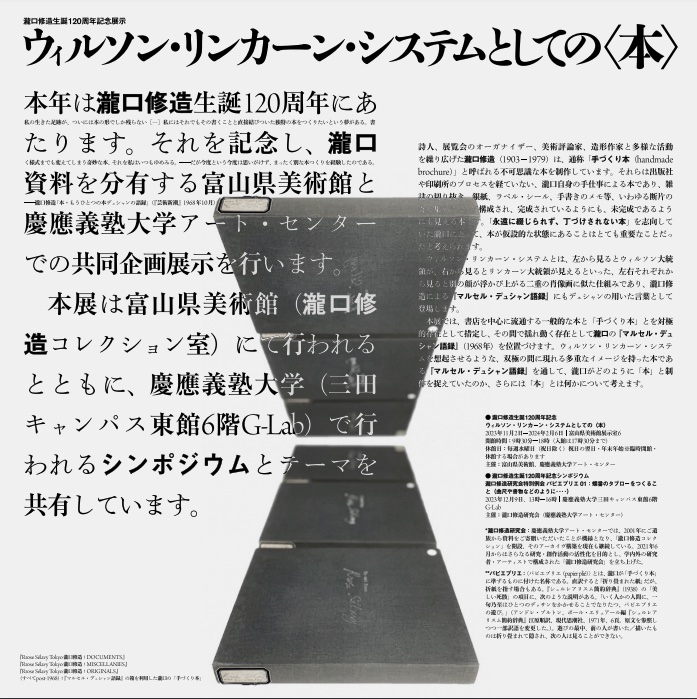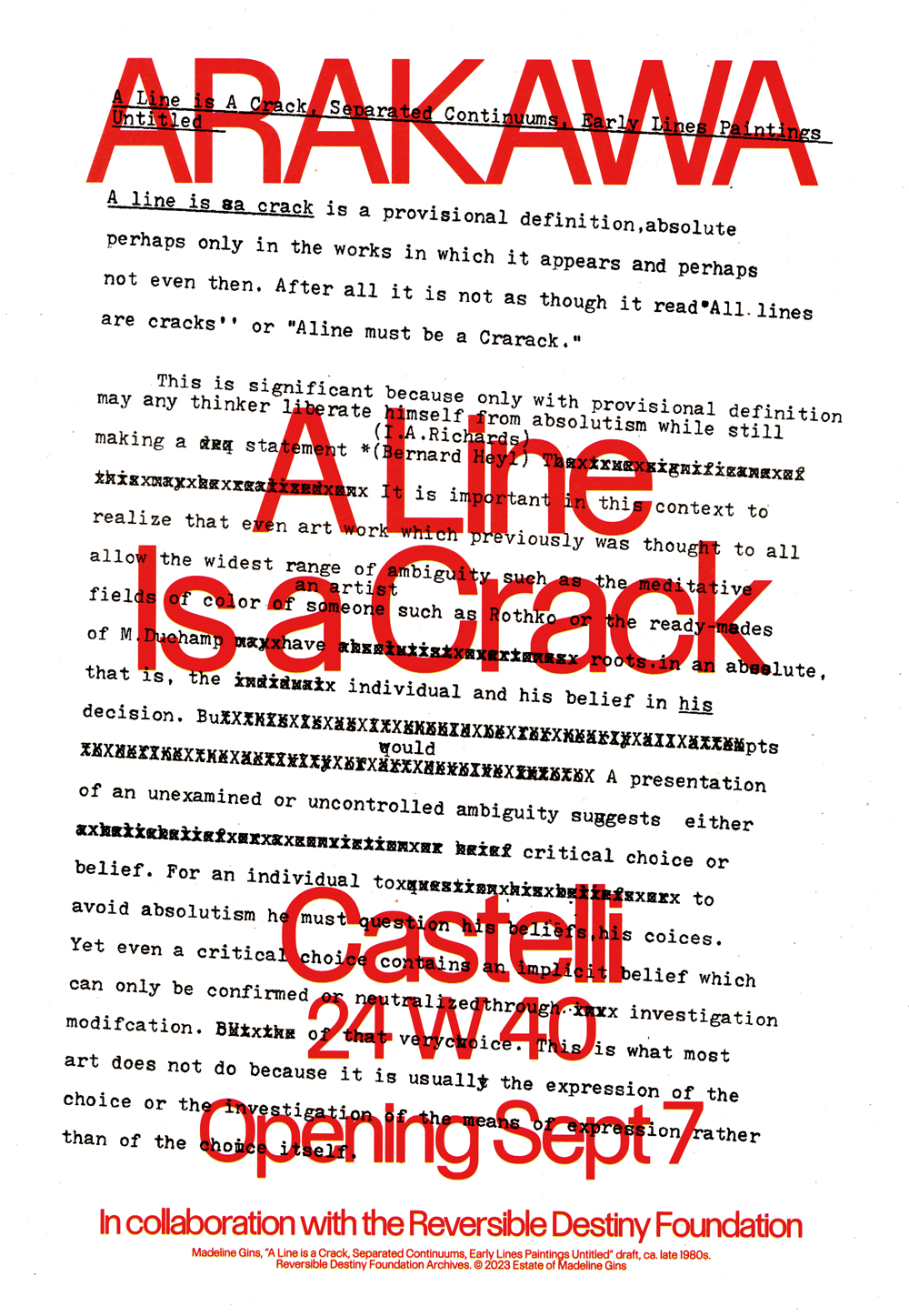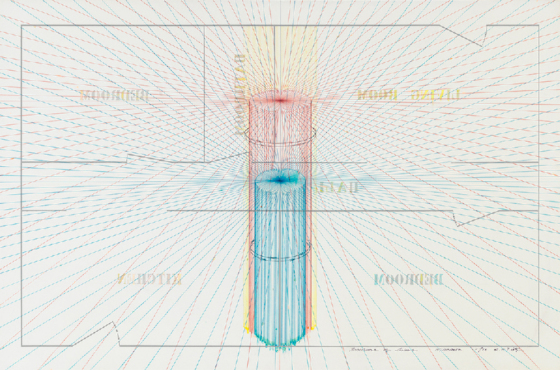
Arakawa
Texture of Time, 1977
Acrylic, pencil, art marker on canvas
69 × 103 1/2 inches, framed (175.3 × 262.9 cm)
© 2016 Estate of Madeline Gins. Reproduced with permission of the Estate of Madeline Gins
Photo by Rob McKeever
Arakawa, (born Shusaku Arakawa, 1936, Nagoya, Japan) was one of the earliest practitioners of the international conceptual-art movement of the 1960s, working within the media of painting, drawing, and printmaking. The work of Arakawa is now represented by Gagosian.
Arakawa attended the Musashino Art University in Tokyo before moving to New York from Japan in 1961. Following his arrival, Arakawa began producing diagrammatic paintings, drawings, and other conceptual works that employed systems of words and signs to both highlight and investigate the mechanics of human perception and knowledge.
In 1962, he met his future wife and collaborator – poet, writer and philosopher Madeline Gins. They were married in 1965 and worked closely together in the years following. Throughout the subsequent decades Arakawa continued to exhibit at museums and galleries extensively throughout North America, Western Europe and Japan with works that grew in scale and visual and intellectual complexity.
In the 1990s, Arakawa and Gins developed the theory of ‘procedural architecture’ to further the impact of architecture on human lives. Through architecture specifically, they endeavored to ‘learn how not to die,’ a concept that they termed ‘reversible destiny,’ believing firmly that the architectural works that they created would have an impact on the personal well-being and longevity of those who lived within them.
Jean-François Lyotard has said of Arakawa’s work that it “makes us think through the eyes,” and has described it as transforming “the usual constancies of orientation into a strange, enticing game—a game of continually thinking out.” In a 1988 interview, Arakawa spoke of the relationship of image and text in his work, saying:
The language has its own world, the picture its—the gap, that is where I want to play. When the gap is enormous, the title takes on a greater importance. The title is, of course, an additional layer of language beyond or over that of the controlling sentences appearing on the face of the canvas.
Arakawa’s work is featured in institutional collections world-wide, including the Metropolitan Museum of Art, New York; Museum of Modern Art, New York; Centre Georges Pompidou, Paris; The National Museum of Art, Osaka; and the National Museum of Modern Art, Tokyo, as well as in numerous private and corporate collections. His work is currently on view in the exhibition “Los Angeles to New York: Dwan Gallery 1959–1971” at the Los Angeles County Museum of Art. He represented Japan in 35th Venice Biennale (1970) and was included in Documenta IV (1968) and Documenta VI (1977). His work has also been the focus of major retrospectives at the Solomon R. Guggenheim Museum, New York and the National Museum of Modern Art, Tokyo.
Gagosian Gallery
555 West 24th Street New York, NY 10011
T. 212.741.1111
F. 212.741.9611
newyork@gagosian.com
Hours: Tue–Sat 10-6
For further information please contact the gallery at newyork@gagosian.com or at +1.212.741.1111. All images are subject to copyright. Gallery approval must be granted prior to reproduction.
Please join the conversation with Gagosian on Twitter (@GagosianNY), Facebook (@GagosianGallery), Google+ (@+Gagosian), Instagram (@GagosianGallery), Tumblr (@GagosianGallery), and Artsy (@Gagosian-Gallery) via the hashtags #Arakawa #GagosianW24St.
(quoted from Official Website)

